On-Grid vs. Off-Grid Solar Systems. When it comes to the topic of solar panel installation, you may have heard about the terms grid-tied (a.k.a on-grid) and off-grid solar systems. These two are such important concepts to learn when installing solar power systems.
Depending on your location, power requirements, and grid availability, you will have to choose which one to install. In this article, we will further elaborate on the differences between these two systems.
What’s the main difference between on-grid & off-grid solar systems?
The simple answer to this is that on-grid (a.k.a. grid-tied) solar systems are connected to the main utility power lines called the grid, while off-grid systems are not. An off-grid system may require batteries and, sometimes, a backup generator; while an on-grid system doesn’t.
In a grid-tied system, there will be a lesser number of components compared to an off-grid one. It’s simply because it does not need an energy storage device, backup generators, or complex control electronics.
If you want a cheaper and simpler solar power system, you will go for an on-grid system. However, in places where grid power is unstable or not available at all, off-grid solar systems will provide the electricity your appliances need.
On-Grid Solar System
As we all know, the grid-tied or on-grid solar power system is more straightforward. It has lesser components compared to an off-grid system.
The grid-tied solar system integrates into the main power grid where you get your electricity. A connection to the grid is necessary. It’s because this solar system needs a reference voltage and frequency from the grid to enable it to synchronize and operate. This system uses grid-tied solar inverters which samples the main grid’s voltage and frequency set-points first before operating and converting DC electricity to AC.
Appliances you can connect to an on-grid system
The appliances in your homes require 110V or 220V AC at 50Hz or 60Hz frequency depending on your location. Now, you usually get this electricity from the main grid which your utility provides. If you plan to install a grid-tied solar power system, then you can use it to power your usual home appliances.
Authority approvals and documentation for on-grid systems
As it becomes part of the grid, it is now interconnected with the network of electrical loads from neighboring homes, transformers, transmission lines, distribution lines, substations, and other utility grid components. For this reason, you can’t just build your solar system and directly plug it into the grid. You will be required to adhere to the utility company’s standards and regulations.
Here are some common things you need to submit to the concerned authorities before you can enjoy your on-grid solar system:
- Approved “No Objection Certificate” (NOC) from power utility for solar connection
- Design assessment forms
- Total Connected Load (TCL) schedule
- Single Line Diagram (SLD) with the solar system
- Solar Power System Layout (drawings, etc.)
- Solar Energy Production (find out how to get simulation results here)
- PV system sizing details
- Testing and commissioning documents
- Operations and maintenance documents
- Other approval documents from concerned authorities
The main purpose of this documentation process is for the utility to ensure the safety and integrity of their power system while your solar PV devices are connected to it.
Anti-islanding protection of on-grid solar systems
In the event that there is a power failure from the grid, your on-grid system will not work as well. When the grid is down, the inverters stop the production of solar energy from your panels.
This is what they refer to as “anti-islanding” protection which is a system embedded inside most grid-tied inverters. Its main purpose is to isolate your solar power system in case power failure happens.
With this inverter feature, the PV system shuts off to prevent feeding solar power to the grid when a fault occurs. It keeps the electricians and linemen from utility companies safe from being electrocuted by the solar power system.
How do you connect energy meters to an on-grid solar system?
Depending on the regulations for installing solar systems from your local power utility, the way you install meters will vary. Most of the time, they will require 2 energy meters. Installation of these meters is usually done after passing the utility inspection.
One meter is to be connected in between the point of connection (POC) and the inverter or AC combiner box (if there is any). This meter will only record the energy that your solar system produces.
The other meter will be a bidirectional meter which will be installed on your main meter connection point. This will record both the energy you get from the grid and the solar energy you export into the grid.
The bidirectional meter takes into account all your consumption as well as the energy produced by the solar panels. At the end of the month, your local utility gives you credit for excess solar energy if they implement a net-metering bill mechanism.
Zero-export requirement
However, there are still some utilities that do not allow the export of power from solar systems to the grid. With this, solar homeowners will have to implement a zero-export mechanism on their system. This is done by adding a device that allows the limitation of solar energy export or by using an inverter that has this capability. Or, if the inverter has a zero-export capability, they just need to enable it.
In this scenario, homeowners will only utilize solar energy when they’re using their appliances during the day. Excess solar energy will not be exported to the grid. The inverter will only curtail solar power when the load requirement is low.
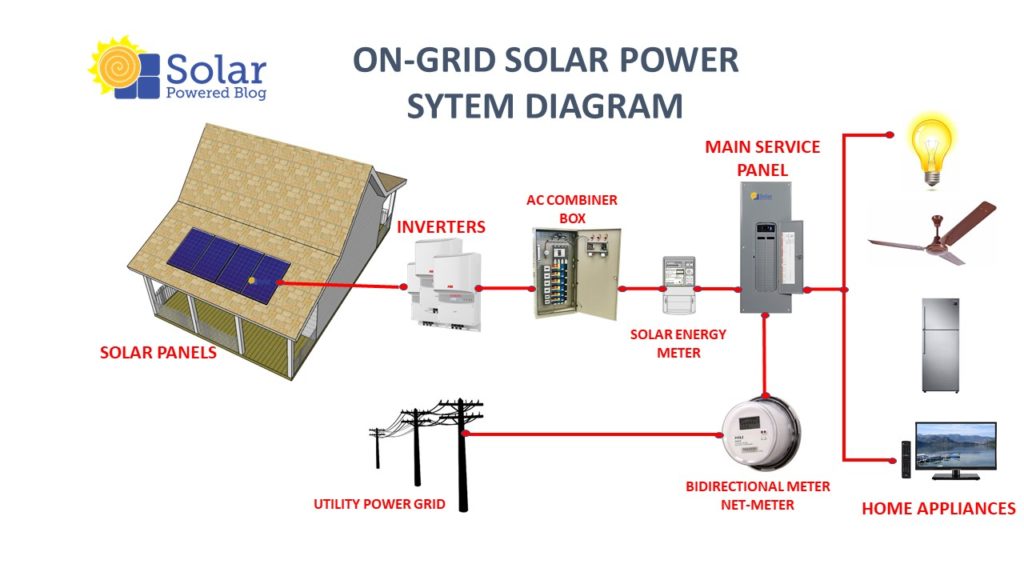
Grid-tied solar system components
- Solar Panels.
- DC Combiner Box.
- Inverters.
- AC Combiner Box.
- Interface Protection Device.
- Meters.
- Point of Connection (POC) AC Breaker.
The Ugly Truth behind On-Grid Solar Power Systems
In this video, the concepts of an on-grid solar power system are thoroughly discussed by the content creator. You can learn more about how on-grid solar really works and how much it costs. This video presentation is for a 9,100-Watt solar PV system.
Off-Grid Solar System
An off-grid system can also be called a stand-alone solar power system. The entire electrical load will be powered by solar alone. It works independently from any utility power grid. Basically, it is a solar power system that is off the grid, thus the term off-grid. This system will create its own solar microgrid. Although there will be no option for exporting excess power to the grid, you will still be able to use it by storing it in the battery bank.
Unlike a grid-tied system, off-grid solar systems do not rely on the utility grid for frequency and voltage set points. Instead, it creates its own AC voltage and frequency by using battery inverters. Or, it can even use a backup generator for this purpose.
This system enables you to live comfortably even when you are in remote areas where power lines do not reach you. Off-grid systems give you the potential to be fully independent of the main power grid. Being able to produce sufficient electrical energy and use it, gives some people a sense of fulfillment.
Off-grid system power flow
How does solar energy flow in an off-grid system? As the sun shines above the solar panels, DC power will flow into the solar charge controller. Charge controllers will then charge the batteries in a manner that they will not be overcharged. That is how solar energy is being stored in battery banks.
As the batteries reach the level where they are able to discharge useful electricity, the battery inverter comes into the picture. It transforms the DC power from the battery into AC electricity which will then power the appliances.
Where can we use an off-grid solar system?
This system can normally be found in areas where grid power is inaccessible, very limited, or unreliable. There are a lot of areas where you installing off-grid solar systems is very suitable. Common places are listed below:
- Army camps.
- Remote rural areas.
- Farms in remote areas.
- Mining areas.
- Communications towers.
- Street lighting.
Appliances you can connect to an off-grid system
You can still power the appliances in your homes that require 110V or 220V AC at 50Hz or 60Hz frequency. Thanks to the battery inverters that convert DC electricity to AC. Depending on the size of your solar power system and the backup battery bank, you can still enjoy most of your appliances as long as you don’t deplete your stored energy.
Aside from AC loads, you can also power your DC appliances using the 12V, 24V, or 48V DC supply provided by the charge controller as long as it supports this feature. For this reason, most people with an off-grid system also buy TVs, light bulbs, and other appliances that require DC only. This way, they will be more efficient as the electricity will not need to be converted to AC first before they can use it.
Back-up generator for off-grid solar system
During some times, a backup generator may be necessary. This is useful especially during cloudy days when there is no solar power and there’s not enough energy left on your battery banks. What you need to do is to hook up a backup generator to your battery charger to charge the batteries. Or, you can also use it directly to power your home appliances.

Off-grid solar system components
- Solar Panels.
- DC Combiner Box.
- Solar Charge Controllers.
- DC Fuse Box.
- Batteries.
- Inverters.
- AC Breakers.
- Meters (Optional).
- Back-up Generators (Optional).
Top 5 Differences: On-grid Vs. Off-grid Solar Systems
| On-Grid Solar System | Off-Grid Solar System |
| Connects to utility’s grid for synchronization and operation. | Does not need any connection to the power system’s grid. |
| Can export excess solar energy to the grid depending on the utility company’s regulations, which require approvals and documentation. | Uses batteries to store solar energy for later use. |
| Does not produce solar energy when the grid is down. | Not affected by grid failures and shutdowns. |
| Lower maintenance and installation costs. | Maintenance and installation costs are more expensive. |
| A simple system and has fewer components. | Can sometimes be complex but you will learn a lot more. |
Conclusion: On grid and off grid solar system difference
The differences between off-grid and on-grid systems are presented here in this blog post. They both have their advantages and disadvantages when it comes to cost, user preference, efficiency, and dependability. However, it is up to the homeowner, or whoever is planning to install solar panels, to do an assessment.
You may want to check how to design a solar power system here. We will be adding new tutorials using different kinds of solar PV simulation software. Here are some articles you might want to read:
- Helioscope: Step-by-Step Guide for Solar PV Design
- Solar Panels for Homes Today: The Definitive Guide
- Solar PV Design Example Grid-Connected Project
- PV*Sol Premium Step-by-Step Installation Guide – 2020 Update
If you want to learn more about solar power and other renewable energy sources, sign up for our email list now and be part of the Solar Powered Fam!



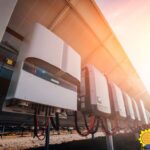

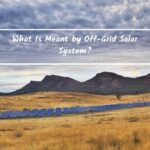
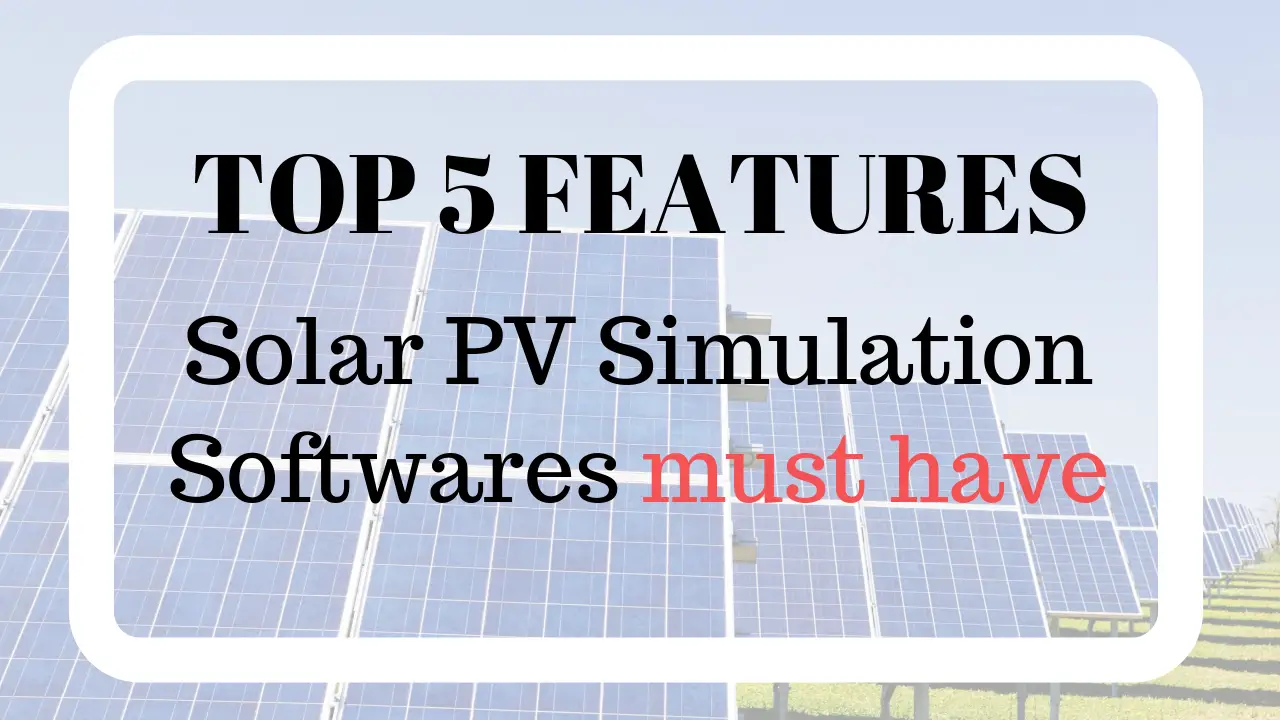
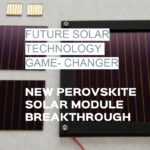
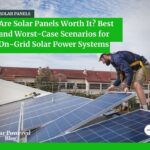
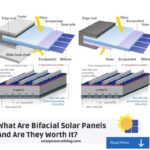

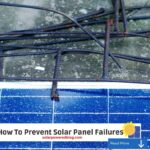
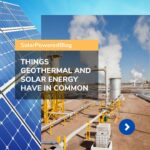
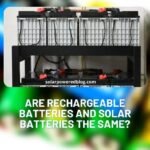
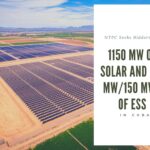

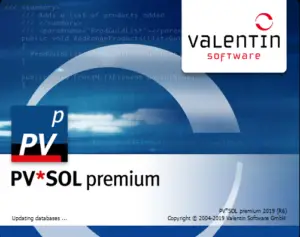
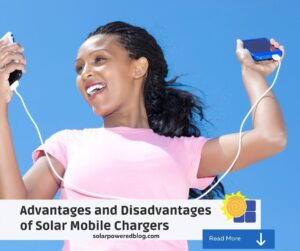

Amazing blog! Thanks a lot for your work! Found you via Coursera :)
Hi Vlad! Thanks for dropping by! I truly appreciate your comment.